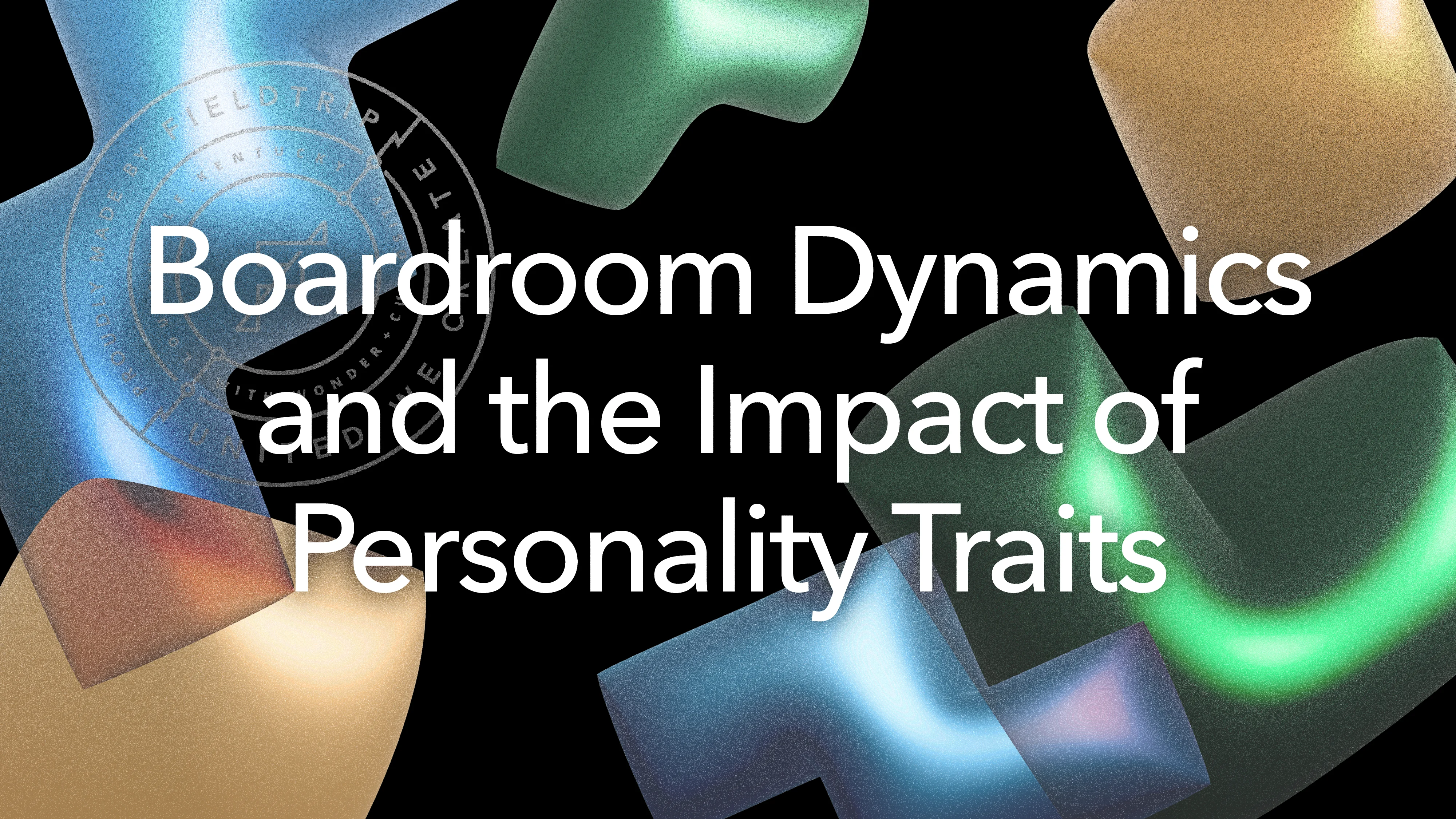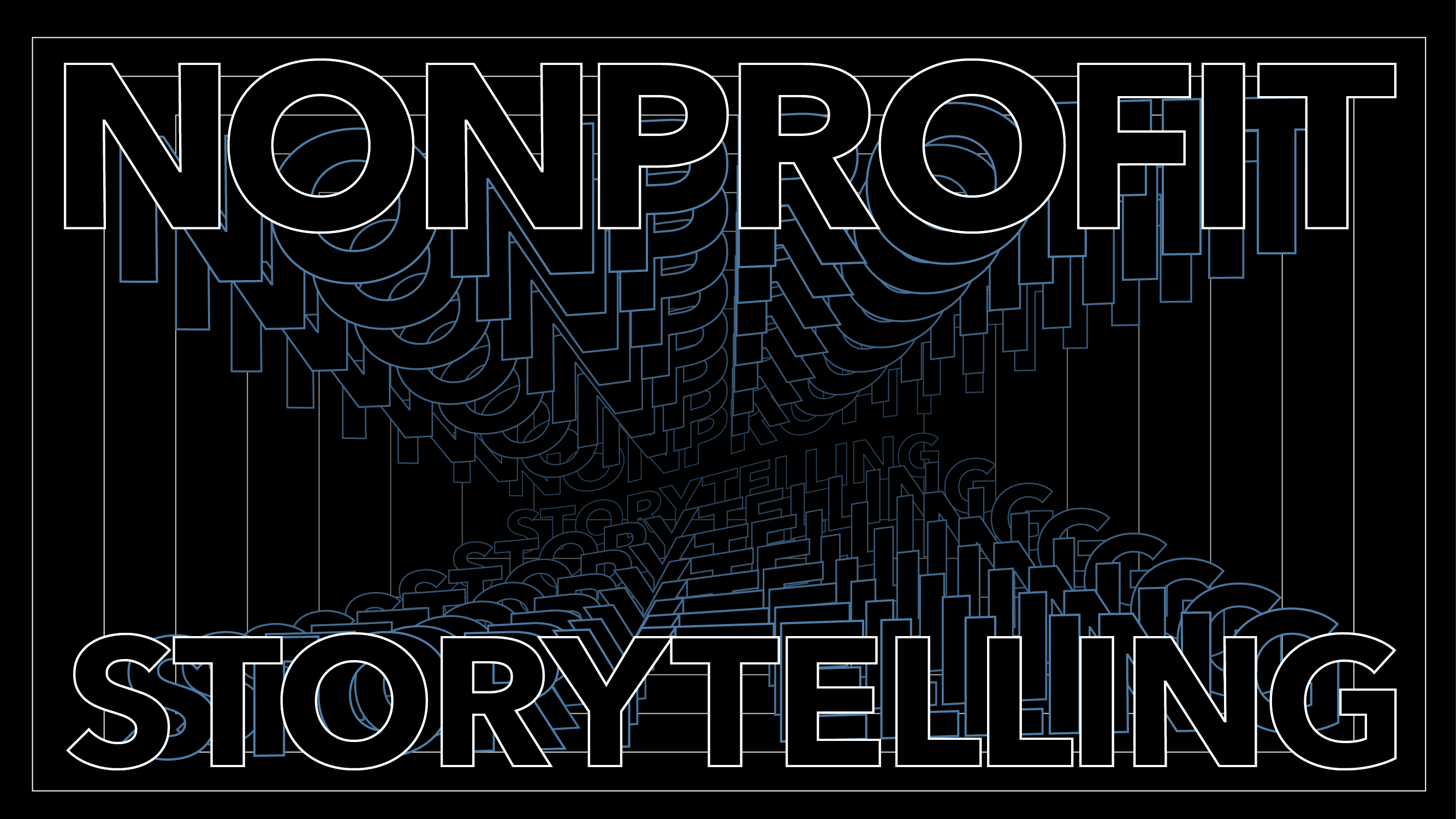
In the realm of nonprofit boards, it’s not just about skills and experience. The personality traits and dynamics that each member brings to the table can notably impact everything from collaboration to pledge fulfillment. Understanding and managing these dynamics is critical to your organization’s success.
The Diversity of Boardroom Personalities
Everyone’s approach to decision-making, group work, and communication is influenced by their personality. You’ve likely encountered extroverts and introverts, but have you considered ambiverts? Ambiverts exhibit flexible traits from both ends of the spectrum, adapting to the situation at hand. In reality, most of us are ambiverts, and this adaptation is crucial in varied boardroom scenarios.
Extroverts: Leading the Charge
Extroverted personalities often dominate board meetings. Their comfort in leading and directing makes them natural choices for leadership roles. They are quick to share opinions and make decisions under pressure. However, this dominance can sometimes overshadow valuable insights from more reserved members. A personal example comes to mind: working with a collection of schools, it became evident that a single extroverted high school president swayed the group before all strategies were even discussed.
Introverts: The Thoughtful Yet Silent Forces
Introverts, on the other hand, are less likely to jump in quickly. They meticulously analyze risks, costs, and connections before voicing their opinions. It’s easy for their thoughtful insights to get lost in the extroverted noise. In another experience, as a new board member, I had an obvious question about collecting feedback from students. Silence perpetuated a misconception about our admissions strategy, only to realize later that no one had even thought about gathering that feedback, leading to months of misguided efforts.
Ambiverts: The Best of Both Worlds
Ambiverts exhibit the best of both worlds, bringing balanced perspectives as needed. Their adaptive nature can be a significant asset in the boardroom, ensuring that discussions are comprehensive and all voices are heard. This flexibility counters the tendencies of both dominant extroverts and silent introverts, fostering a more inclusive atmosphere.
Creating Balanced Boardroom Dynamics
Understanding the dynamics of your board is just the first step. Here are some actionable steps to balance these dynamics and create a more effective boardroom environment:
- Identifying Key Traits:Before anything, know your board members. Personality assessments can provide insights into how each person operates.
- Foster Inclusive Discussions:Create an environment where every member feels comfortable sharing their views. This might involve explicitly asking quieter members for their input.
- Rotate Leadership Roles:Don’t let the same people always lead. Rotating roles can give everyone a chance to exhibit their strengths.
- Encourage Reflection:Sometimes, extroverts need a gentle reminder to pause and let others speak. Building in moments for reflection can help quieter members formulate their thoughts.
- Leverage Strengths Appropriately:Recognize the unique contributions of each personality type and leverage them accordingly. Extroverts can be effective in rallying the board, while introverts can provide well-considered insights.
The Impact of Balanced Dynamics
Leveraging these diverse personality traits optimally can lead to better decision-making, stronger collaboration, and a more robust strategy implementation. The goal is to ensure that all voices are heard and valued, leading to a dynamic where the nonprofit can efficiently achieve its goals.
Nonprofit directors must manage the dynamics of introverts and extroverts to ensure all voices are heard. This diversity of thought is vital for impactful decision-making. Dominant voices shouldn’t overshadow quieter ones, nor should introverted caution impede innovative ideas. Understanding and leveraging these dynamics enables nonprofit boards to draw on the strengths of everyone, leading to more effective operations.


